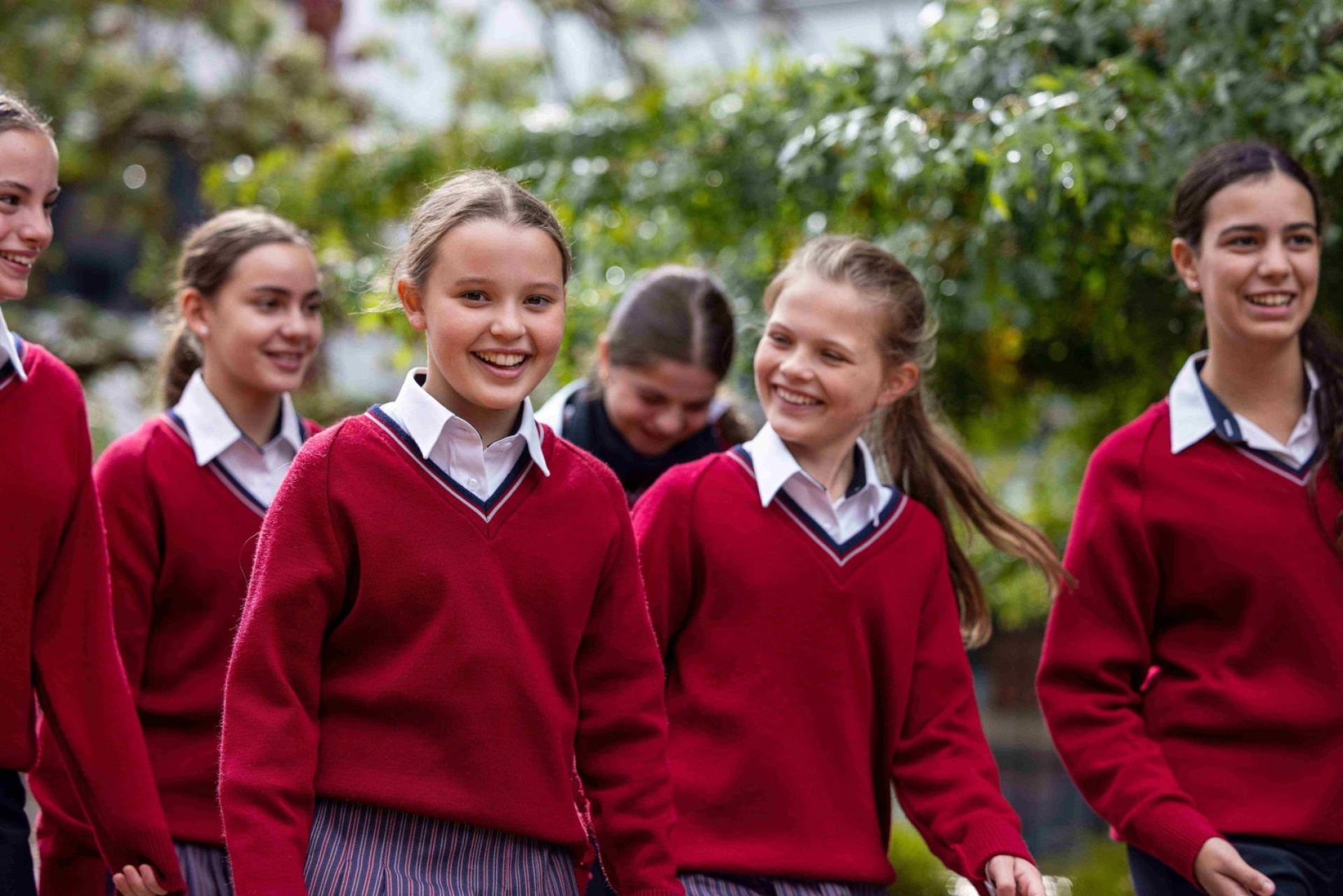There has been a great deal going on in Level One of the Centenary Building in Term 3.
This publication coincides with National Science week, and we encourage families to get involved with the many science activities happening at our museums, gardens, universities and online. At OLMC, we are running lunchtime activities fitting with the 2022 theme: Glass - more than meets the eye. Our Cabinet of Curiosities is full of glass from mosaic tiles to art glass and glass products. We are hosting a session of the Scinema International Film Festival with a viewing of the award-winning documentary “A Hundred Year Journey” about the repatriation of Indigenous artifacts from a museum in Finland.
Our week began with a team of Year 9s being part of the launch of both Science week and the 15th BrainSTEM Innovation Challenge in Queens Hall at the Victorian Parliament. The students had morning tea, a tour of parliament and met with the scientist mentor who will guide them through their innovation project over the next twelve weeks.
Our Term 3 Year 8 STEAM program is running again with students taking time to finish their Term 2 wearable electronics wristbands or decorative item. Students found some challenge in sewing the conductive thread to make the LED sequins light and to manage the logistics of a battery case, on/off switch and planning out a parallel circuit in felt, but this is a great lesson in the resilience, problem solving and persistence that are needed to work in digital technology and engineering. They are ready to start their next investigation – the British RSC (Royal Society of Chemistry) global battery experiment called Take Charge.
Finally, another Year 9 team has been working furiously on a project to show at the Victorian STEM MAD (Making a Difference) Show Case at the Catholic Leadership Centre on August 4. Their project, called Smell the Future, was a multifaceted investigation into why Astronauts on the International Space Station experience puffy head syndrome, due to microgravity. Getting their inspiration from Canadian Astronaut Chris Hadfield, who famously played guitar and sang David Bowie’s A Space Oddity from the International Space Station, they broke apart a C-PAP machine sourced from a Good Karma network and designed a functioning prototype which would allow the astronauts to get relief from puffy heads and nasal congestion while smelling scents from home to help with their wellbeing. The team tried distilling plant matter to produce an aromatic hydrosol and using commercial plant oils to mix up smells, like flower garden, forest walk and petrichor – the smell of rain. They were runners up for the MACs most MAD award and won the Immersive Education – STEM in Space award. They are working on their submission for the National judging and will present at a show case day at the National Catholic Education Conference at the Melbourne Exhibition Centre in September.




